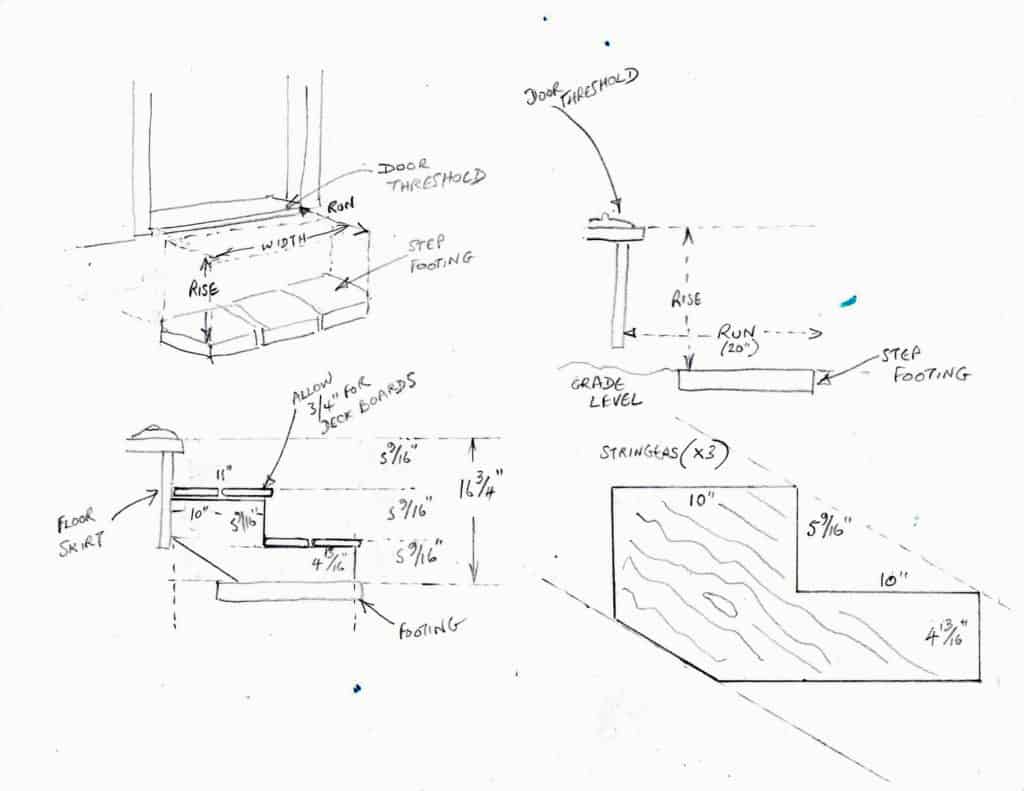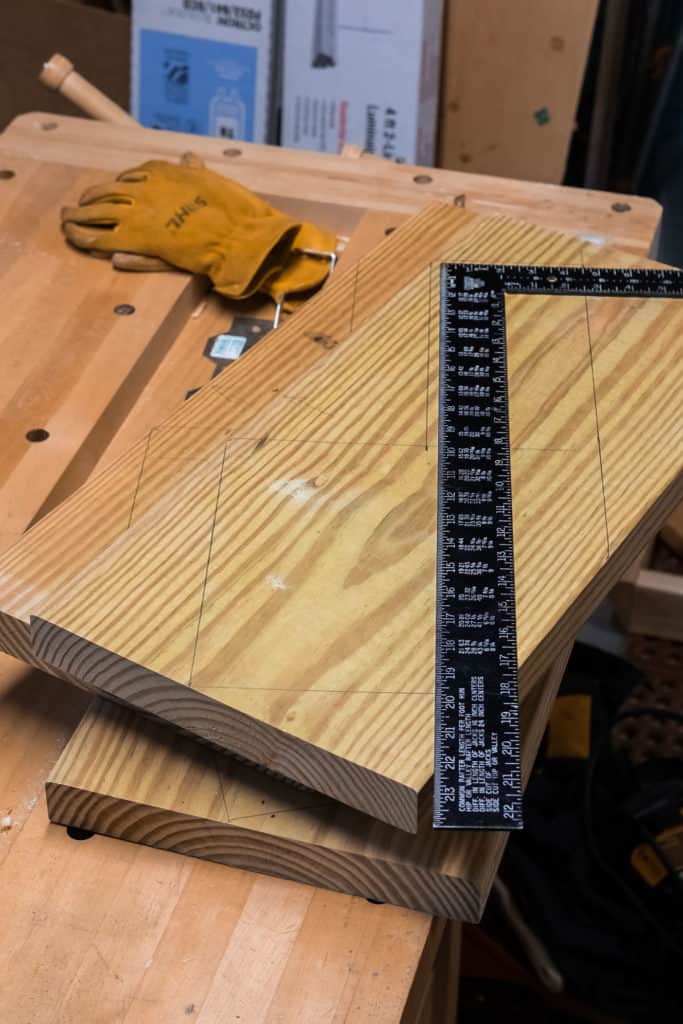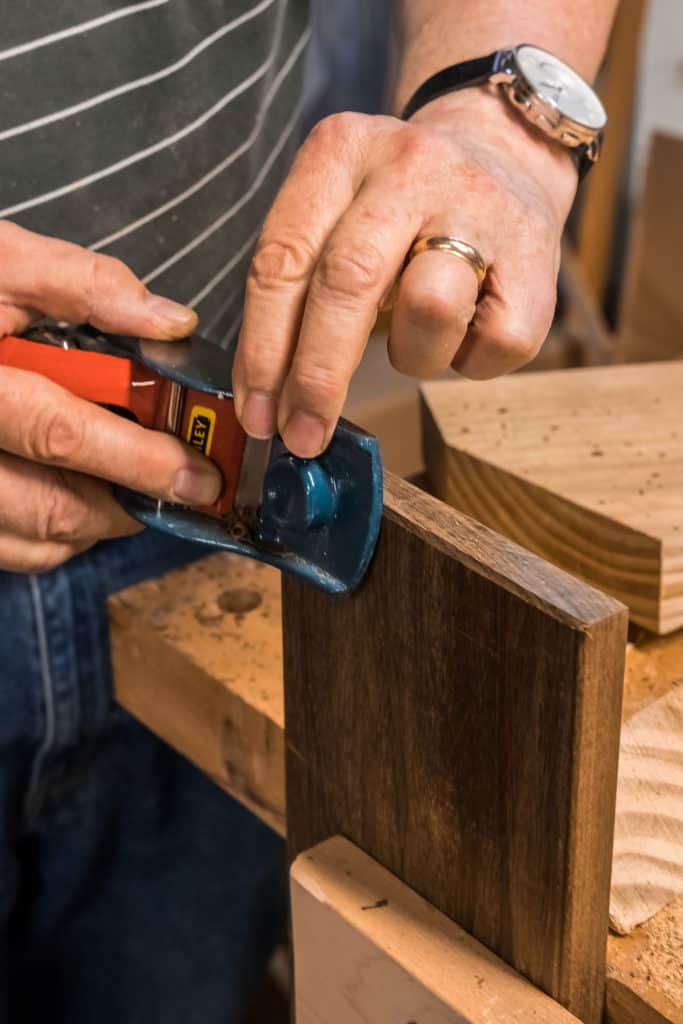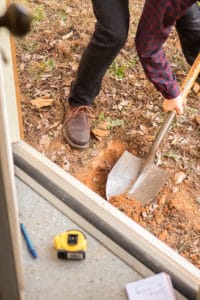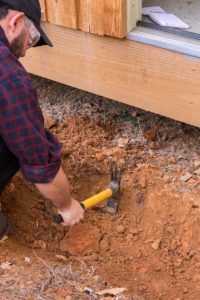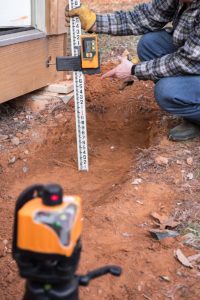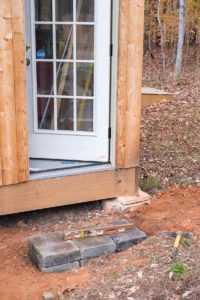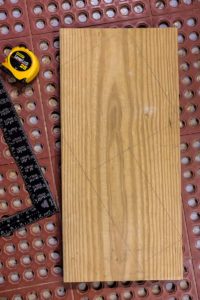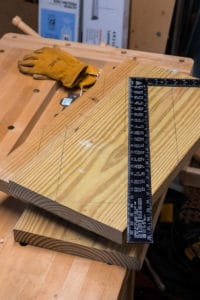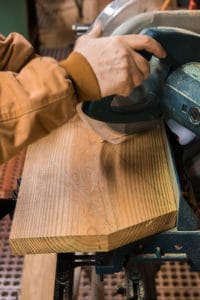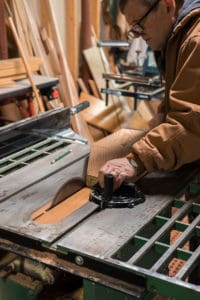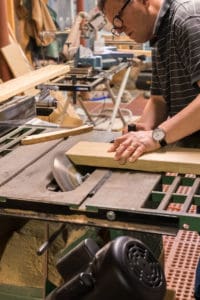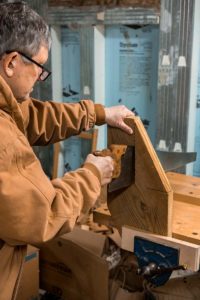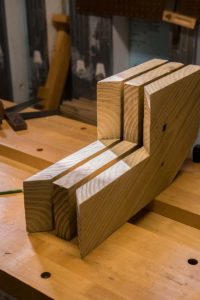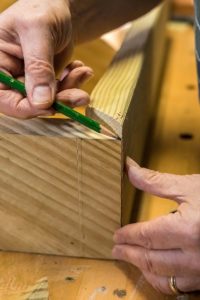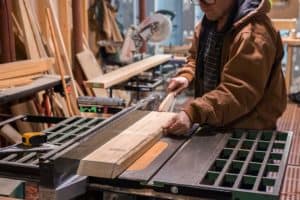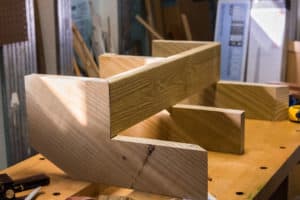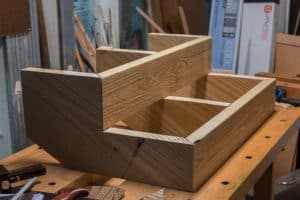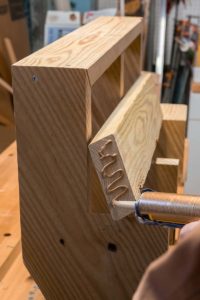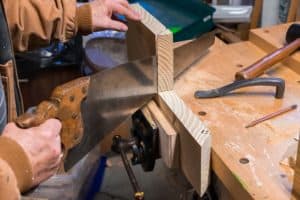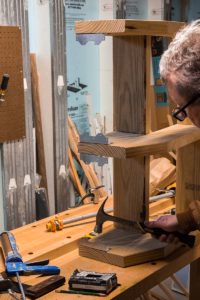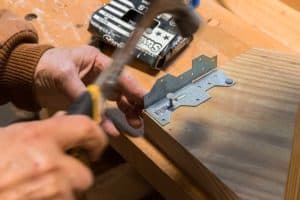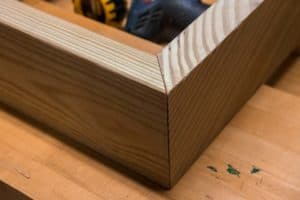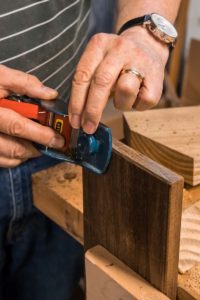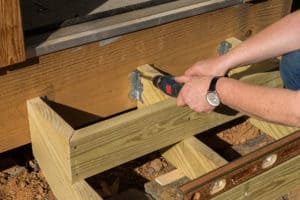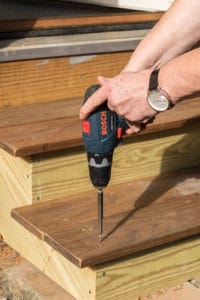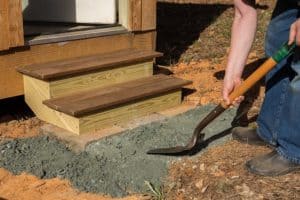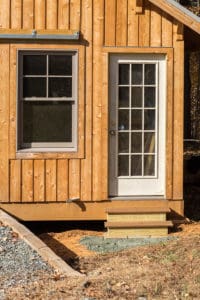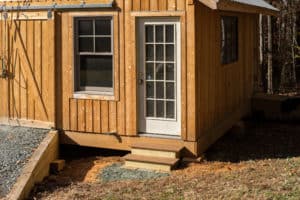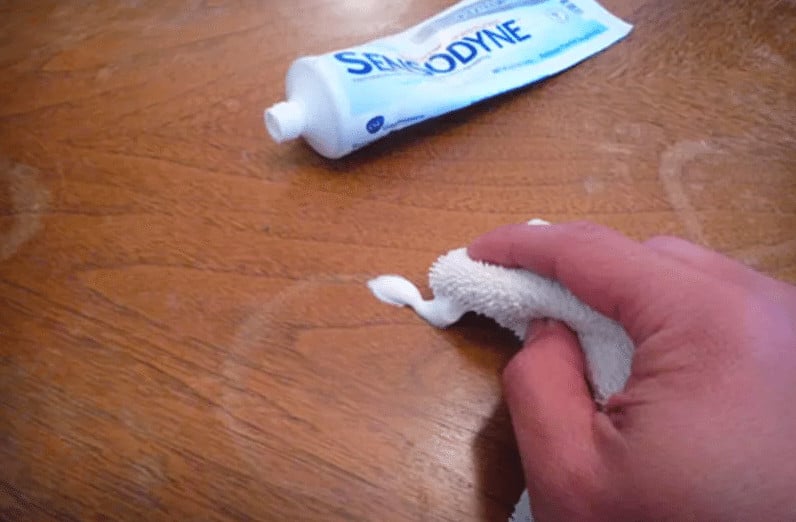IPE decking has become a popular material for building decks. IPE is an exotic hardwood that is naturally resistant to rot and decay. It’s 8X harder than California Redwood, and has a 40 year lifespan. All without the preservatives found in pressure treated lumber. These features make it an ideal wood to be used for building steps. Southern pine can be used for the base of the steps, but it’s all IPE up top.
Tony Stillwell and his son Mike had a need to build steps into their barn in North Carolina and they recently shared this project with us. Tony explains the math behind determining the slope of the stairs as well as the measurements he needed to fit stairs to their 36″ door opening. Adjust your plans as needed. Mike documented this DIY step building project with a series of gorgeous and inspiring photos.
Before building the steps you’ll need to make a solid foundation using bricks or pavers. These should be placed an inch or two below grade and level. Check the frostline if you have concerns of freezing in the winter.
The rest of the project is as follows from Tony.
The designer of any steps has an awesome responsibility not to make them difficult or dangerous to walk down or climb. To achieve this, we must take into account an easy slope to walk up, and each step must be consistent with all of the others. The builder of the steps has an additional responsibility to make the steps strong enough to take years of use.
A theoretically optimal slope for a human to climb is around 32 degrees. The slope is calculated as the Rise (overall height of the steps), divided by Run (the horizontal distance out from the edge of the threshold). In my case, the angle is about 29 degrees, which is shallow but not uncomfortable. Each step is 11” deep, and 5 9/16” above the next. Using 5 ½” wide ipê decking, we double up boards for each step.
You can think of the design as including the threshold as the top step, making 3 steps in our case. So I only have to measure and cut the stringers (the pieces of wood that support the steps) for 2 steps.
Divide the Rise (16 ¾”) by 3, and we are left with each step being 5 9/16” high, including the thickness of the ipê decking boards.
The stringers, 3 of them, are marked out on 2”x12” pressure treated boards, with the grain of the wood running diagonally for strength. Make sure that you make all cuts square and parallel: you want the structure to sit straight and support the decking. A table saw is useful to achieve this, but you can use a good portable jigsaw, or if you are feeling skillful and energetic, you may use a handsaw. In any case, mark out as accurately as you can and cut carefully to the line. You should not have to sand any surface you cut if you are accurate enough, but you may need a chisel to clean up surfaces.
When calculating how many stringers to make, allow for the decking to be supported on 16” centers or better.
In my case, the steps had to go in front of a 36” wide door, and so I used ipê decking 36” in length. I built a box structure with the stringers, and risers made out of 2” x 6” pressure treated boards, with stainless steel screws and construction adhesive. The structure is fastened onto the skirt of the building using angle brackets and galvanized nails.
I fastened the decking onto the structure using the same stainless steel screws (but no adhesive). You may use coated steel decking screws, but I like to over-build, since I’m not paying anyone for my labor.



